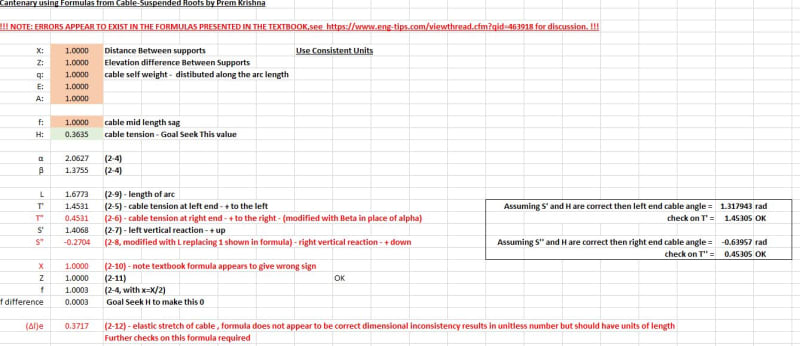For dead load chain catenary with different y-axis end support positions, it's clear that as more chain is hanging from upper support A) both vertical attachment end reactions cannot be identical, and B) upper support vertical end reaction will be higher than lower support vertical end reaction. How are vertical end support reactions determined - losing my sanity a bit. I think chain horizontal component will be equal across chain length, and a cable would react identical to a chain. S.O.S.
Carcajou
Carcajou

